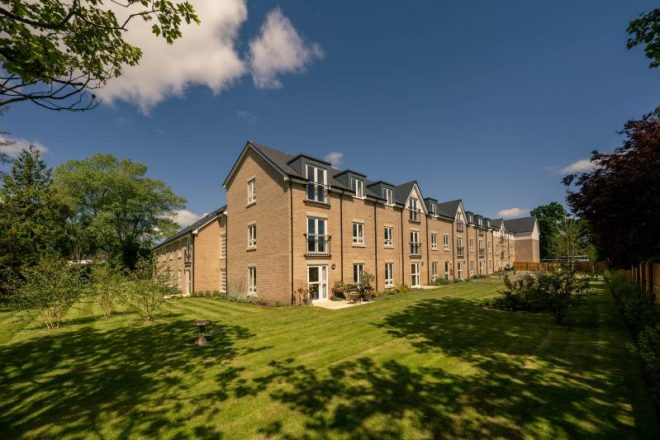New research reveals that downsizing to a retirement community could help the UK decarbonise faster.
The report by public policy consultants WPI Strategy highlights the environmental benefits of building new retirement housing. Examining properties built in 2021 by McCarthy Stone, the research found that a new retirement apartment could save up to two tonnes of CO2 each year compared to a new-build house.
Part of this saving is gained by younger homeowners moving into vacated properties and making energy-efficient improvements to that home.
“It’s what we’ve been saying for a while,” noted Box Architects CEO Graham Place. “Creating high-quality, long-term retirement accommodation also frees up other housing in towns where there are large stocks of large, low-occupancy homes. The resulting influx of families and younger people can provide a welcome boost to local shops and services, and provide economic benefits for the whole area.”
The report also revealed that retirement properties reduces the threat to greenfield sites, with nine of ten McCarthy Stone apartments developed on brownfield land, compared to six new-build homes. The report says: “Retirement housing brings previously developed land back into use … and frequently requires the tidying up of contaminated land, which would have posed a threat to biodiversity.”
One example is in Harrogate, where Box Architects have been working with McCarthy Stone to create a 54-apartment retirement development on a previously derelict site. In Buxton, Box have designed 70 Retirement Living Plus apartments for a site that was previously a railway goods yard, a water bottling plant and a car park.
Box are also playing a central role in McCarthy Stone’s national commitment to create its next generation of retirement homes using eco-friendly modern methods of construction, and to make all of its new retirement communities net zero carbon from 2030.
“Creating high-quality, long-term retirement accommodation also frees up other housing in towns where there are large stocks of large, low-occupancy homes.”
Graham Place, CEO, Box Architects
